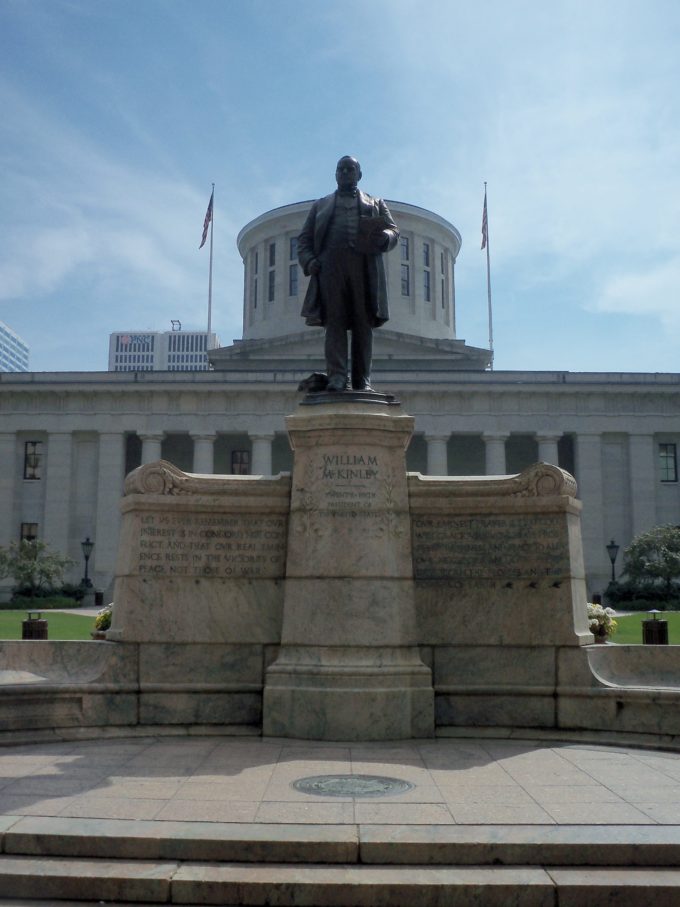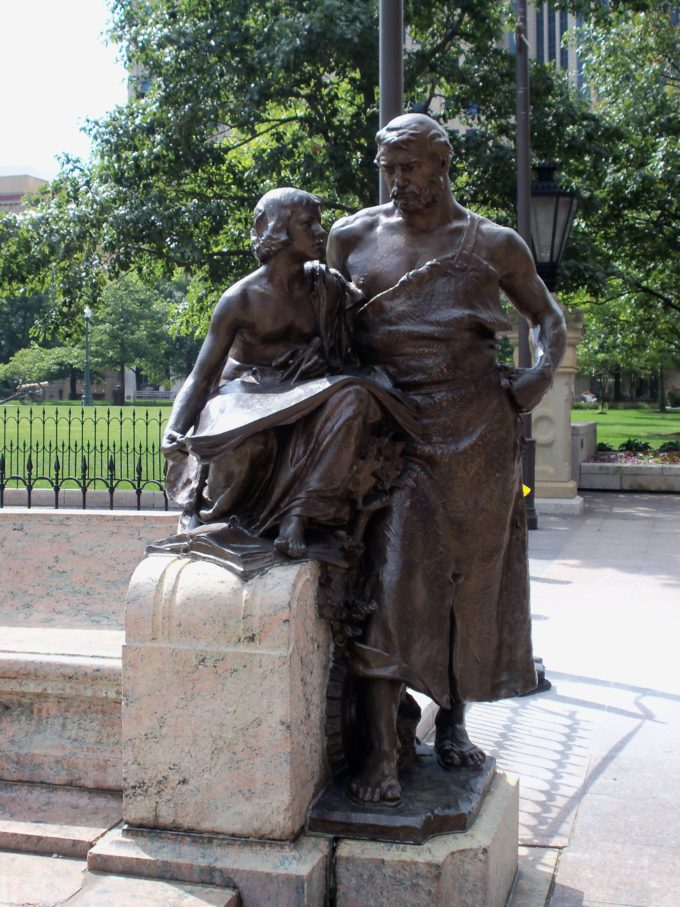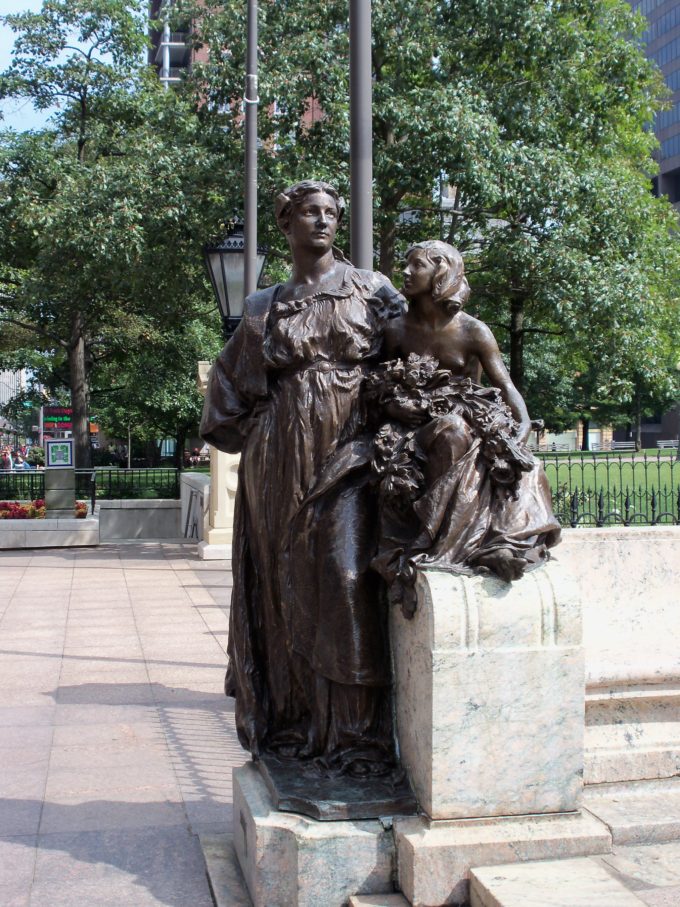
Wednesday, 1 January 2020
Greet one another with a kiss of love.
Peace to you all who are in Christ Jesus. Amen. 1 Peter 5:14
In the final verse of his first epistle, Peter begins with the thought, “Greet one another with a kiss of love.” This is the same general sentiment that Paul uses four times in his epistles by saying, “Greet one another with a holy kiss” (Romans 16:16).
This was, and still is, the custom in many parts of the world. The kiss is intended as a greeting, just as western nations today shake hands or possibly hug, depending on familiarity. In the Far East, a deep and respectful bow is given in substitute of this.
Although this is a prescriptive epistle, intent must always be considered. Is Peter mandating that all people in all churches “Greet one another with a kiss of love?” The answer must be considered carefully.
The first kiss noted in the Bible in Genesis 27:26 when Isaac blessed his son Jacob before he departed to Padan Aram. From that point, the kiss is seen among the covenant people and among those who aren’t yet in the covenant, thus demonstrating the cultural nature of the greeting. It is used in the same way we use a handshake. When Jacob met Rachel, without knowing her in any familiar way yet, he kissed her. In 2 Samuel 20, the following exchange begins with a kiss of greeting and ends in death –
“Then Joab said to Amasa, ‘Are you in health, my brother?’ And Joab took Amasa by the beard with his right hand to kiss him. But Amasa did not notice the sword that was in Joab’s hand. And he struck him with it in the stomach, and his entrails poured out on the ground; and he did not strike him again. Thus he died.” 2 Samuel 20:9, 10
In 1 Samuel 20:41, David and Jonathan, close male friends, gave a fraternal kiss in accord with the culture before departing. And, Proverbs 27:6 notes the following –
“Faithful are the wounds of a friend,
But the kisses of an enemy are deceitful.” Proverbs 27:6
This demonstrates clearly that the kiss is cultural because even enemies will kiss rather than shake hands. This is seen in these parts of the world today when leaders who are at war with each other still greet with a kiss. Exchanging “kiss” with shaking of hands in this Proverb would hold exactly the same meaning and intent.
And as a premier example of this, read the following exchange between Jesus and Simon the Pharisee –
“And He said to him, ‘You have rightly judged.’ Then He turned to the woman and said to Simon, ‘Do you see this woman? I entered your house; you gave Me no water for My feet, but she has washed My feet with her tears and wiped them with the hair of her head. You gave Me no kiss, but this woman has not ceased to kiss My feet since the time I came in. You did not anoint My head with oil, but this woman has anointed My feet with fragrant oil. Therefore I say to you, her sins, which are many, are forgiven, for she loved much. But to whom little is forgiven, the same loves little.’” Luke 7:43-47
And of course, the most famous kiss in history is recorded concerning Judas’ betrayal of Jesus and reflects the sentiments of Proverbs 27:6 (above) perfectly.
It is important then to understand the cultural nature of this admonition by Peter lest we get swept up into legalism over something which is actually not intended for all cultures and in all situations. If a person with an immune deficiency were to use this verse in a prescriptive manner, he could soon be dead from receiving the germs of others.
Finally, the kisses, in these and other verses throughout the Bible, which are between men and men (such as David and Jonathan noted above) are not in any way intended to convey the perverse sin of homosexuality as modern liberals often imply. They are merely cultural and welcoming displays, just as handshakes are today. To imply this in their writings shows a disregard for God’s order in the natural world.
After this note of fraternal affection, Peter next says, “Peace to you all who are in Christ Jesus.” To a Jew, the word “peace” is deeper than what we may think of it today, that of a state of quiet. It involves an entire state of contentment and calm. Thus, Peter’s words are a petition for wholeness and blessing, leading to what one might call a “fully satisfied soul.” He then finishes with, “Amen.” The word signifies “so be it.” And for all who read his letter of five chapters and 105 verses, taking it to heart, may it be so. Amen.
Life application: Thank you for sharing in the journey we have made through this wonderful inspired letter. May we take heed the admonitions given, remember the instructions provided, and meditate on the wisdom imparted all the days of our lives.
Peter was an eyewitness to Christ. He was there all during His ministry, saw firsthand the transfiguration, stumbled at the crucifixion, and was restored at the resurrection. He beheld the ascension and participated in the coming of the Holy Spirit at Pentecost. Peter sat with the early elders in the church and continued his witness of the work of Jesus Christ throughout his life.
This letter, along with the other 65 books of the Bible, testifies to the Person and work of Jesus Christ. He is the focus of Scripture and we are to keep our eyes and thoughts directed at Him alone. Next stop, 2 Peter. Amen!
Oh Heavenly Father! Thank you for the wisdom and instruction imparted through the hands of your servants who have brought us the words of Scripture. Help us to remember what we have learned and to follow You all the more faithfully because of it. We look forward to reading Your word daily, and with anticipation and expectation of great wonders to come as we do. Amen.




